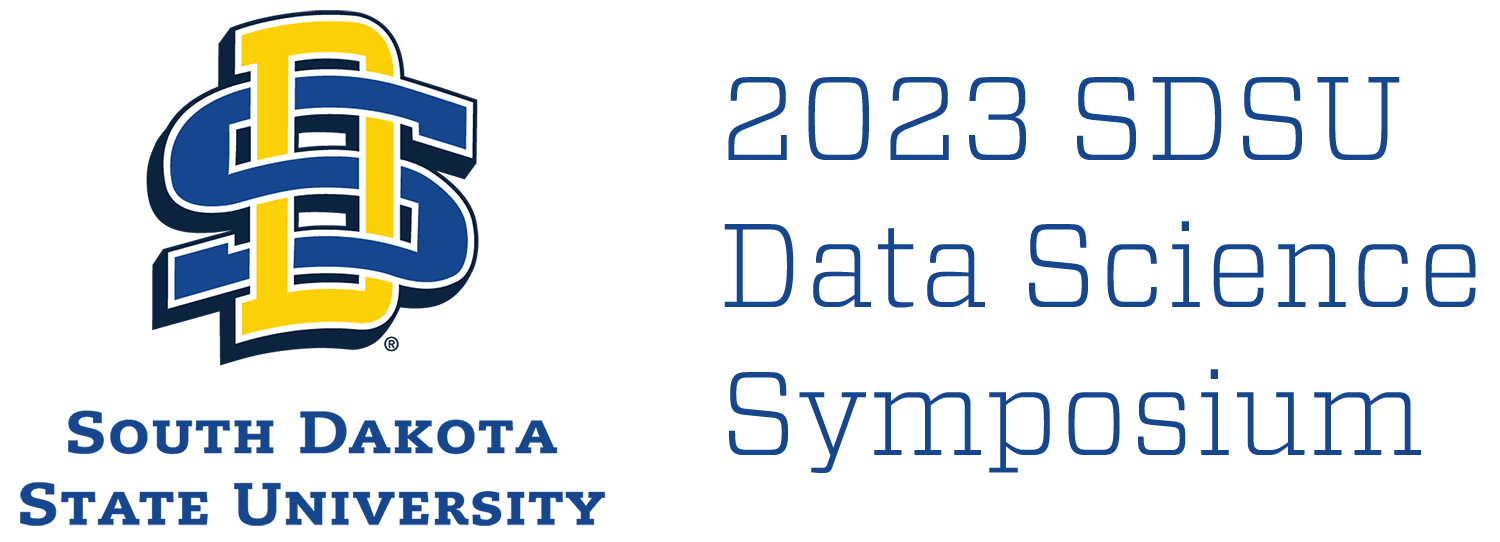Presentation Type
Poster
Abstract
Classification involves assigning observations to known classes based on some common features. Commonly known methods for solving classification problems include linear and quadratic discriminant analysis. Both methods assume each class follows a multivariate normal distribution with common covariance matrix for LDA and with class specific covariances for QDA. The equal covariance assumption in LDA is often described as almost unrealistic and simplistic in real-life applications, resulting in less flexibility and high bias. Estimating class-specific covariance matrices becomes a problem when there are large number of classes. This work proposes a method which is a compromise between LDA and QDA. Here a covariance-based clustering method using mixtures of Wishart are used to identify classes that have common covariance matrix. The method is applied to glass fragments classification problem as a means to forensic source identification.
Start Date
2-7-2023 1:00 PM
End Date
3-7-2023 2:00 PM
Covariance-Based Clustering for Classification
Volstorff A
Classification involves assigning observations to known classes based on some common features. Commonly known methods for solving classification problems include linear and quadratic discriminant analysis. Both methods assume each class follows a multivariate normal distribution with common covariance matrix for LDA and with class specific covariances for QDA. The equal covariance assumption in LDA is often described as almost unrealistic and simplistic in real-life applications, resulting in less flexibility and high bias. Estimating class-specific covariance matrices becomes a problem when there are large number of classes. This work proposes a method which is a compromise between LDA and QDA. Here a covariance-based clustering method using mixtures of Wishart are used to identify classes that have common covariance matrix. The method is applied to glass fragments classification problem as a means to forensic source identification.

